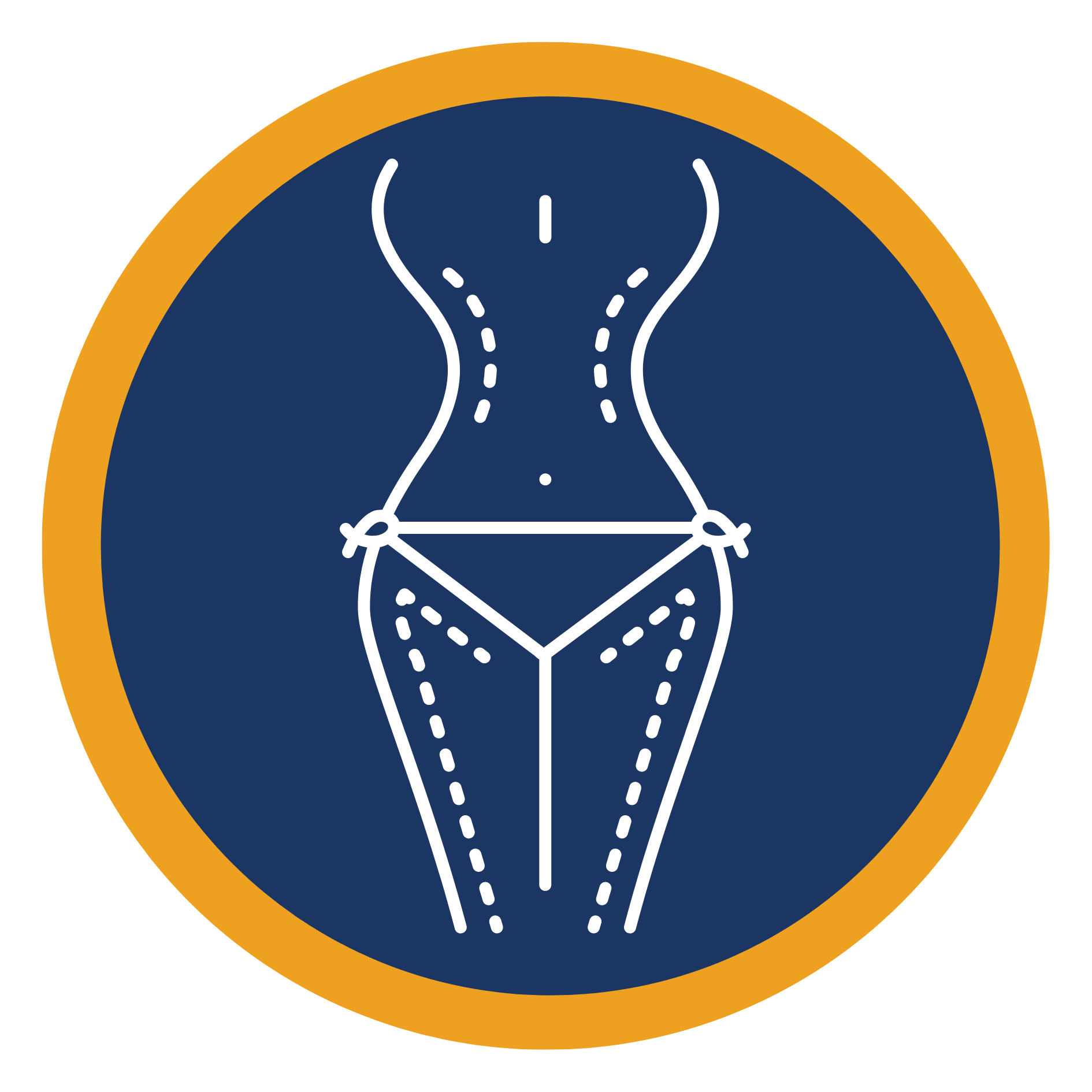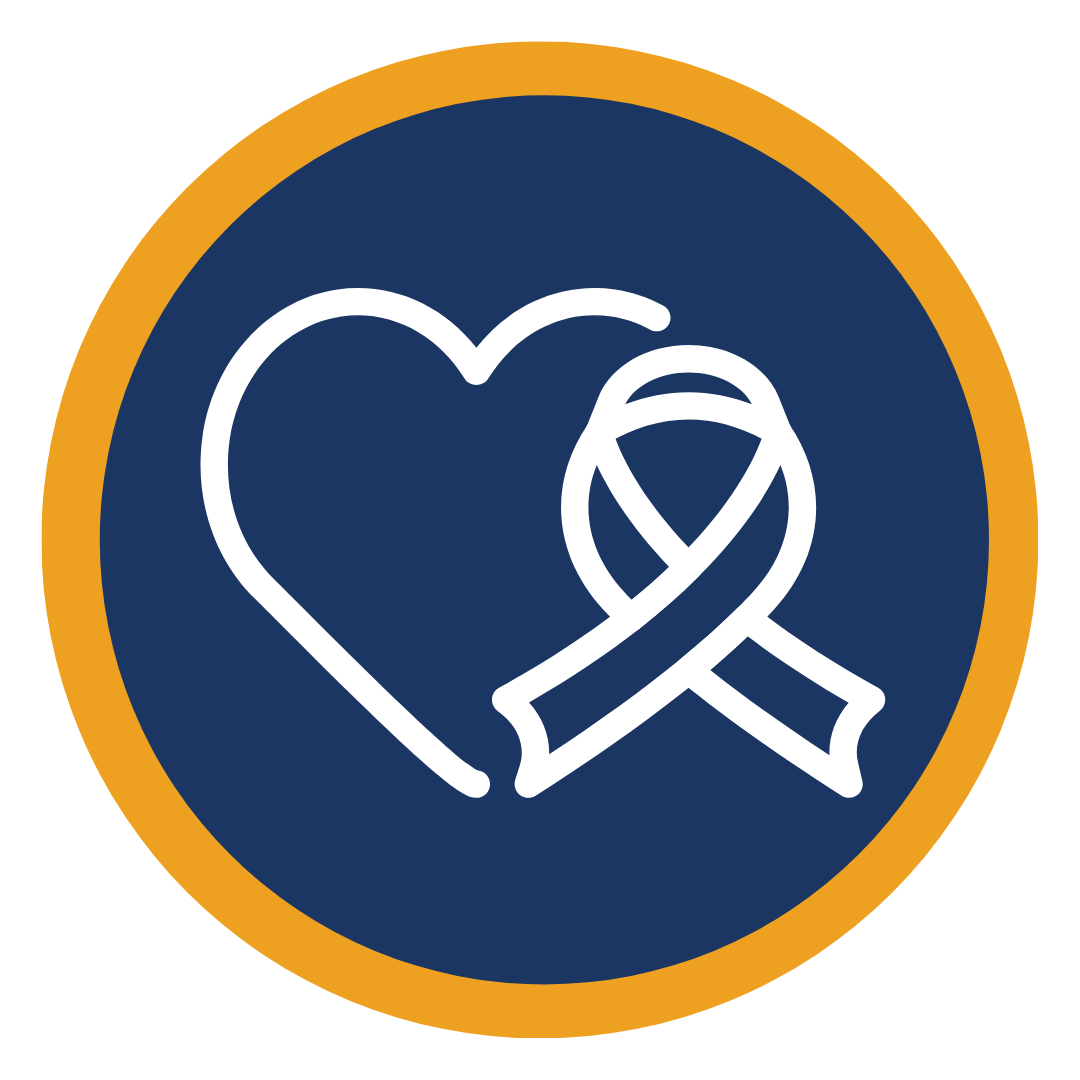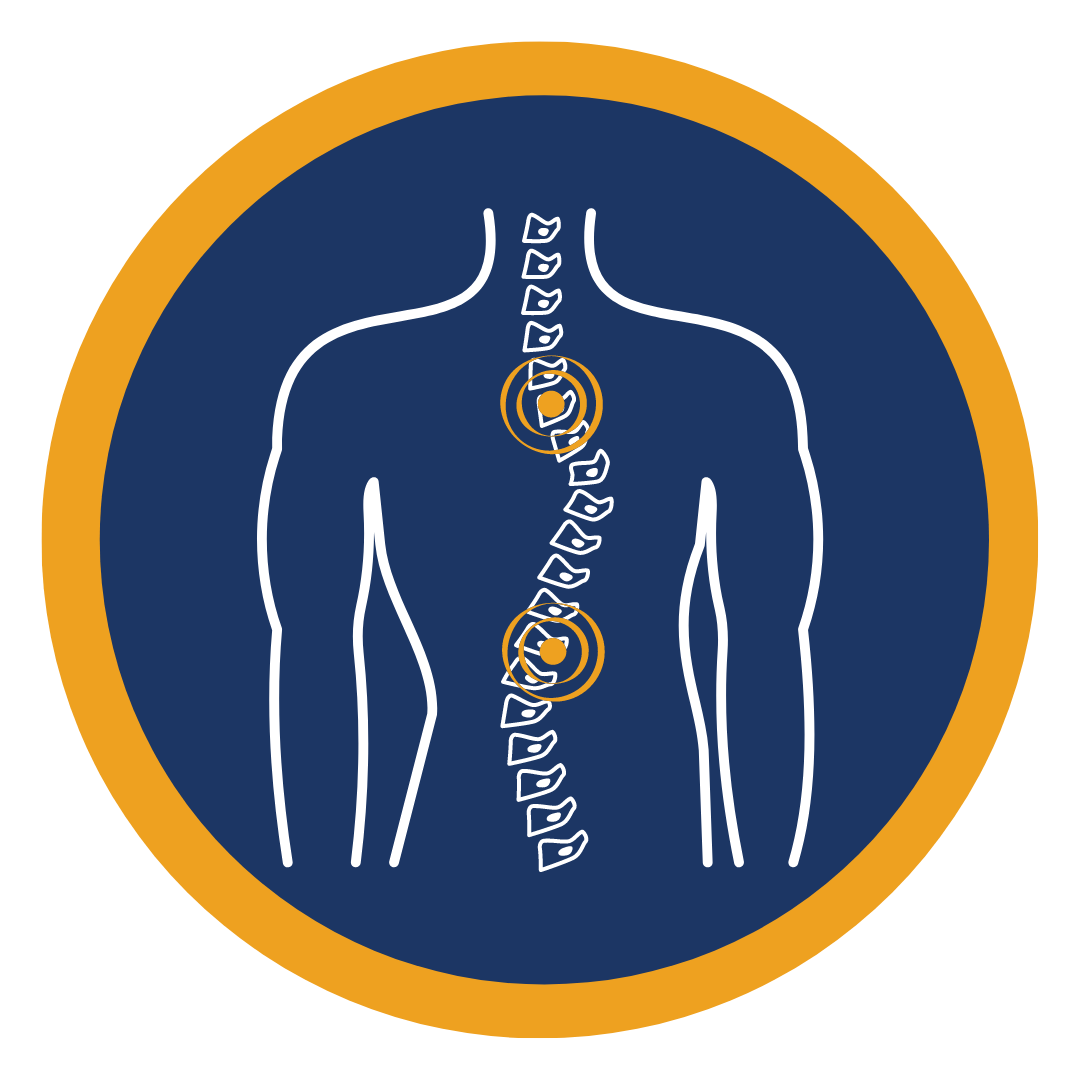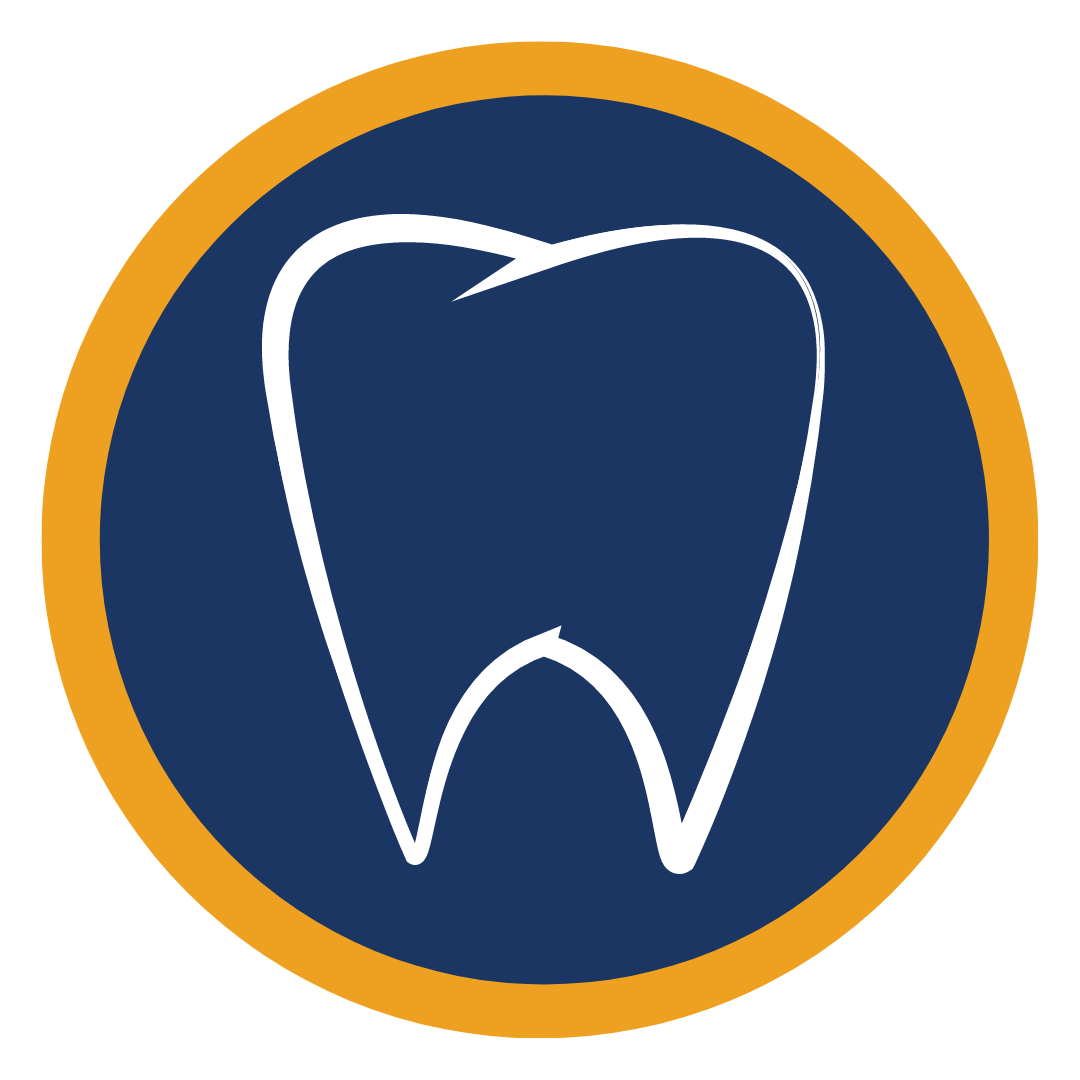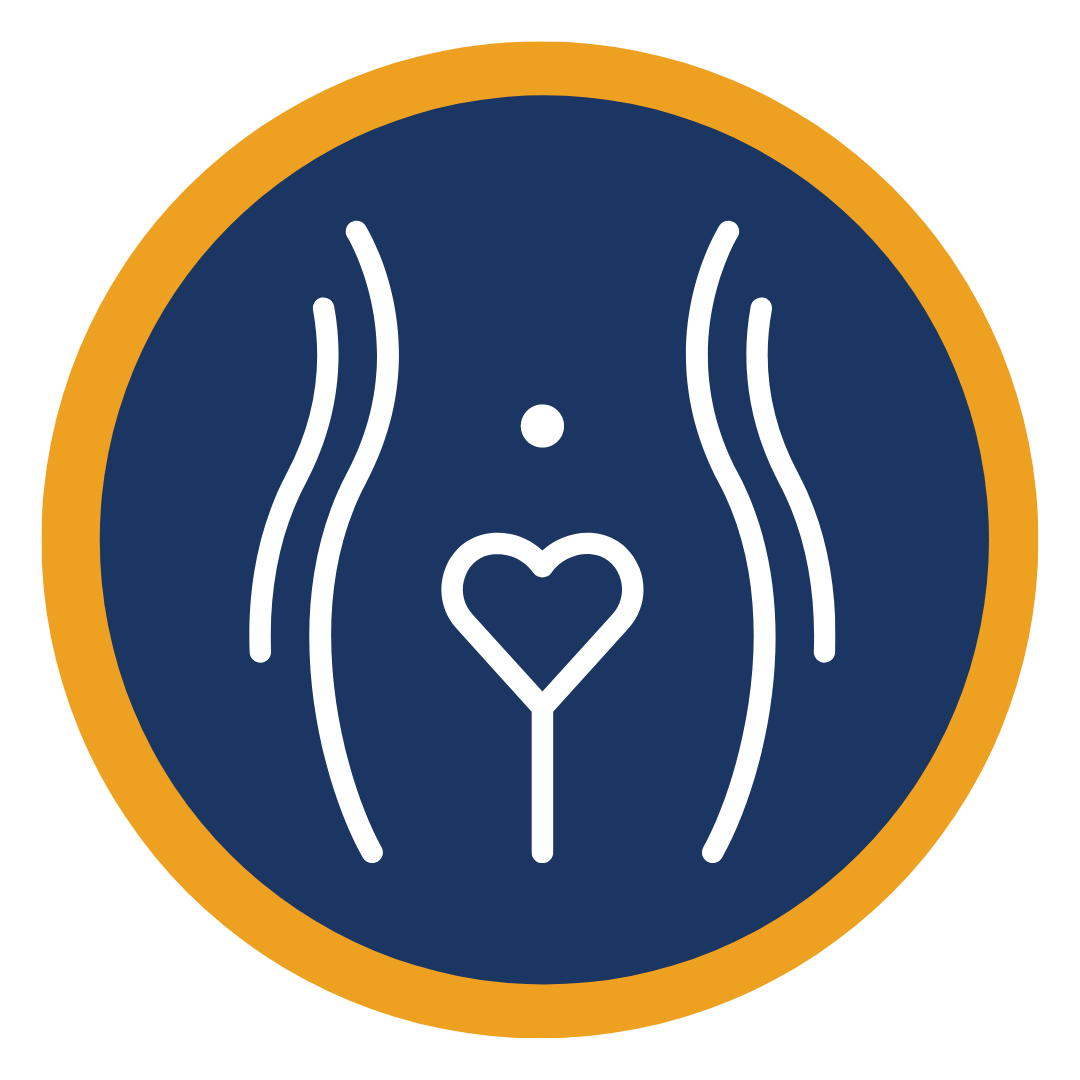What is IVF?
In vitro fertilization (IVF) was first introduced in England in 1978 by Prof. Dr. It was introduced by Robert Edwards. In the “in vitro fertilization” treatment, the egg collected from the woman and the sperm collected from the man are brought together in a glass dish (petri dish) in the laboratory environment. In vitro, which is a Latin pattern, means “in a glass container” in Turkish. Approximately 40 hours after the egg and sperm are put together, it is checked whether the egg is fertilized and whether cell division has begun. The fertilized eggs (embryos) are then placed in the woman’s uterus.
prof. Dr. Robert Edwards was awarded the Nobel Prize in Medicine in 2010 for discovering the “in vitro fertilization” (IVF) treatment method.
IVF Medications
As with all medical treatments, “in vitro fertilization” has some risks. Many women with infertility use medications that stimulate the ovaries to produce one or more eggs (ovulation induction) as part of IVF treatment. Side effects that may occur when using these medications:
Bruising and tenderness at the injection points: It will be useful to choose different points for the needle.
Allergic reaction, sensitivity in the stomach and intestines, headache or mental imbalances: If you have such complaints, be sure to share them with your specialist doctor.
Ovarian hyperstimulation syndrome (OHSS): This is an overgrowth of the ovaries by producing too many follicles (fluid-filled sacs that contain eggs). OHSS is a side effect of almost every medication prescribed for infertility treatment. It usually has a mild course and ends with the end of medication treatment. However, in some severe cases, OHSS leads to overgrowth of the ovaries, dehydration, fatigue, and fluid accumulation in the abdomen and lungs. In very rare cases (less than 1% of treated patients), OHSS can lead to blood clots and kidney failure. Ways to reduce the risk of severe OHSS: (1) Lower the dose of medication to less stimulate the ovary, (2) Block ovulation-initiating human chorionic gonadotropin (hCG) or cancel the trial, (3) Collect the eggs but freeze the embryos for use in the next trial.
Egg collection process
During the egg retrieval process, your specialist inserts a long and thin needle through your vagina into your ovary via vaginal ultrasound. It then collects eggs one by one from each follicle in your ovary. Anesthesia is usually used for this procedure.
Potential risks of IVF
Mild or moderate discomfort during or after the procedure
Damage to organs around the ovaries, such as the bladder, bowel, or blood vessels Bleeding in the ovarian or pelvic vessels (this type of bleeding is very light and very rarely requires surgery or blood transfusion), Although it is very rare, infection in the pelvis area (pelvic), but the cases where such an infection is seen are severe and are treated with intravenous antibiotics. In very few cases, it may be necessary to surgically remove the infected uterus, ovaries, and tubes.
Embryo Transfer
During embryo transfer, your specialist doctor inserts the external catheter (speculum) through your vagina, through the cervix, into the uterus, usually with the help of ultrasound. A small catheter with embryos is then inserted into the outer catheter. Finally, the embryos are released into the uterus.
You may experience mild cramping when your specialist inserts the catheter through the cervix. After this procedure, sometimes, cramping and bleeding may occur. Although very rare, infection may occur after the procedure. This condition is treated with antibiotics.
Multiple Pregnancy (twins, triplets, etc.)
Your specialist doctor will share with you the risk of multiple pregnancy (twins, triplets, etc.) associated with “in vitro fertilization” treatment. The more embryos transferred to the uterus, the greater the risk of multiple pregnancy. Multiple pregnancy can bring with it many risks:
- Premature birth, which may put the baby at risk,
- Excessive blood loss (maternal hemorrhage),
- cesarean,
- pregnancy-related high blood pressure,
- Pregnancy diabetes.
The best approach is to transfer the least number of embryos to the uterus, which will provide the highest pregnancy rate. Medical research to improve this approach continues today. If you are expecting twins or triplets, it would be helpful to consult a doctor who specializes in high-risk pregnancies, who specializes in Gynecology and Obstetrics, and who specializes in perinatology. You can also choose a method of reducing the number of embryos you carry.
IVF and the Risk of Congenital Anomaly
The main purpose of IVF treatment is to ensure that you have a healthy baby. In general, there is no difference in the risk of congenital anomalies between IVF or naturally born children. While the risk of anomaly is 2.6-3.9% in children born by in vitro fertilization method, this rate is 2-3% in children born naturally.
In IVF, which is an in vitro fertilization process, fertilization is achieved by mixing sperm into eggs. However, in the intracytoplasmic sperm injection (ICSI), a new method that has been applied since 1992, in addition to in vitro fertilization, the sperm is directly deposited into the egg. Since ICSI is a relatively new method, the health and fertility of babies born by this method in their adulthood is still a subject of research.
Studies show that babies born naturally and babies born with IVF and ICSI methods have a similar probability of being born with congenital anomalies. However, some diseases that are thought to occur as a result of ICSI application (Beckwith-Wiedemann Syndrome, Angelman Syndrome, hypospadias (the urinary canal that normally ends at the glans penis) or sex chromosome disorders) It is seen in less than 1 of them.
IVF and Abortion Risk
The risk of miscarriage after “in vitro fertilization” treatment is the same as in a naturally occurring pregnancy and is related to the age of the mother (the risk of miscarriage increases as the age of the mother increases). While the risk of miscarriage is around 15% for women in their 20s, it can be over 50% for women in their 40s.
If the embryo moves from the uterus to the Fallopian tubes, there is a 2-4% risk of ectopic pregnancy. If an ectopic pregnancy occurs, you will have to take medication or have surgery to terminate the pregnancy. If you are pregnant and have stabbing pain, vaginal bleeding, dizziness, fainting, low back pain or low blood pressure (due to blood loss), call your specialist doctor immediately. These symptoms may indicate an ectopic pregnancy.
OHSS (Ovarian Overstimulation Syndrome)
What is OHSS?
Overstimulation of the Ovary (Ovarian Hyperstimulation Syndrome, OHSS) is the body’s overreaction to the drugs that trigger ovulation used in in vitro fertilization (IVF) and vaccination (IUI) treatments. This syndrome is more common in women with a high number of follicles and high blood levels of the hormone estradiol (more than 2500 pg/m). Although rare, patients with OHSS may require inpatient treatment.
OHSS has three classes according to the severity of symptoms: mild, moderate, and severe. Mild OHSS may occur in 1 out of every 3 women undergoing IVF treatment. Symptoms of mild class OHSS include abdominal swelling, nausea, and weight gain due to water retention in the body. In moderate OHSS, the symptoms are the same, but they are more severe. In severe OHSS, when there is excessive vomiting, even liquid foods in the stomach are difficult to stop. Violence in the abdomen is quite high. Sometimes shortness of breath may occur.
The diagnosis of OHSS is made by ultrasound examination. During this examination, an increase in the number of follicles can be observed.
How Is OHSS Treated?
Mild to moderate OHSS can usually be treated with rest, monitoring fluid intake and urination, and medication for nausea. In severe OHSS, inpatient treatment is appropriate. Nausea is controlled by the drugs given with serum in the hospital environment and the decrease in fluid collection that causes bloating is followed.
Thanks to the treatment, the symptoms of diseases usually disappear for a week.If you are pregnant, it may take 2-3 weeks for the symptoms to go away. On the other hand, this process does not have any negative effects on pregnancy.
What are the risks?
Dehydration of the body due to excessive water loss due to OHSS and the pressure created by the fluid accumulated in the abdomen rarely cause coagulation in the blood vessels. When the formed clots reach the lungs, brain, or other important organs, serious complications can occur. Timely treatment of OHSS eliminates the possibility of these complications.
